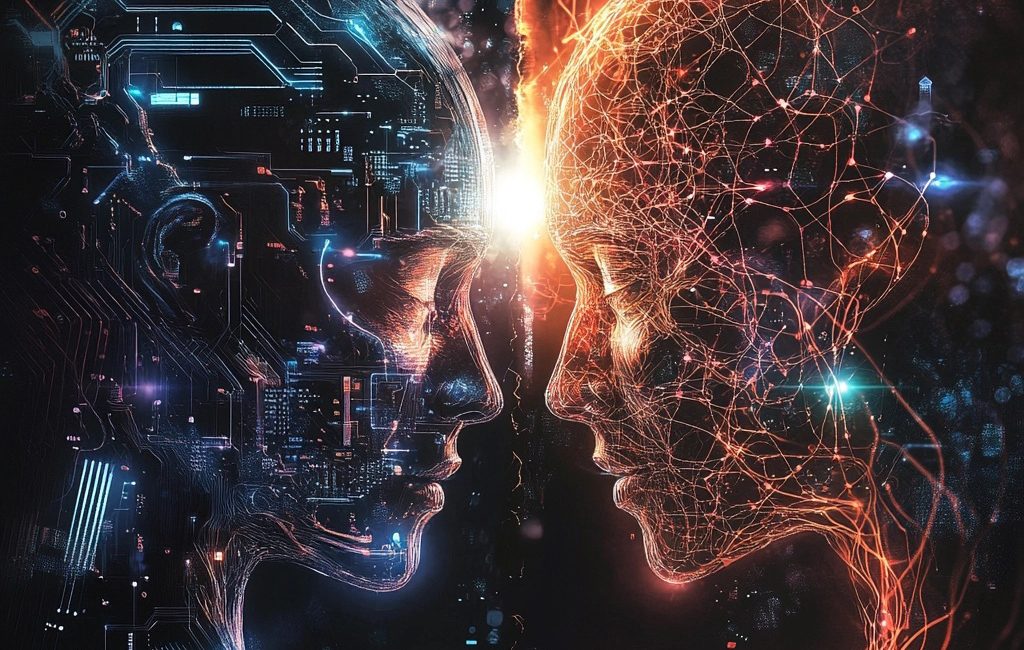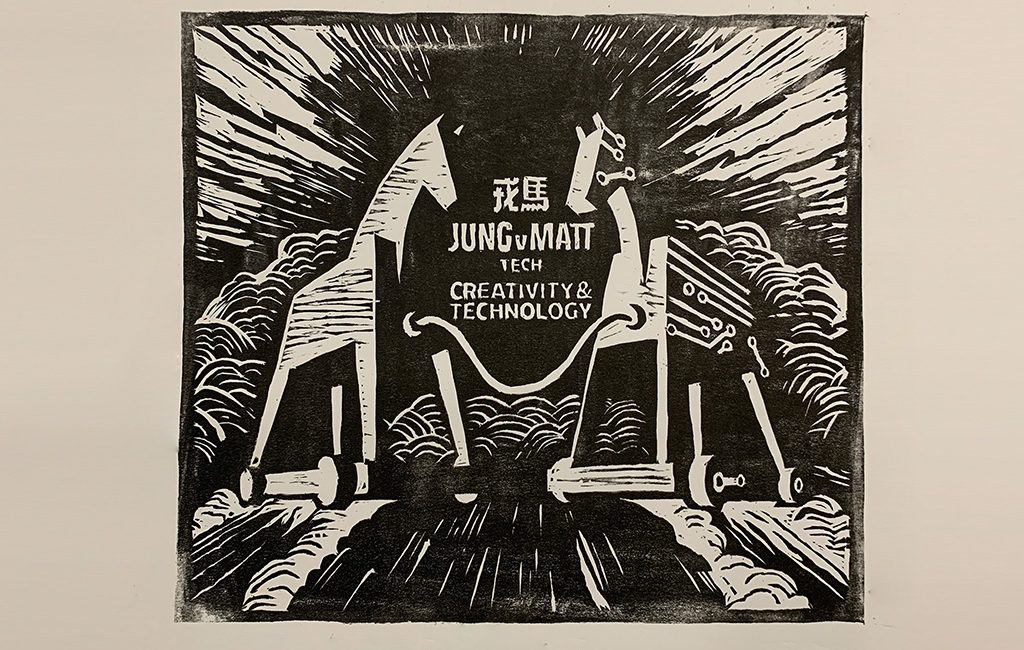
AI is ‘the’ subject.
A subject full of uncertainty. It could be Prometheus’ stolen fire or Pandora’s box.
But one thing is certain: East and West have sharply diverged on it. Chip trade is blocked, AI services are isolated, and even development paths have differed.
What are the differences? Here are my 4 observations:
English vs. Chinese
Language is crucial. AI is based on language, which is why we call it LLM. English and Chinese represent completely different modes of thinking. Different languages control models differently; simple translation won’t fix it. So, the story of the Tower of Babel repeats itself.
Input Regulation vs. Output Regulation
Western AI faces data input limits. Development grapples with ethics and regulations, especially in the EU where privacy and data protection are key. Meanwhile, China’s AI faces stricter content output censorship.
Innovation vs. implementation
Western AI leads in science, complex algorithms, and programming, excelling at innovation. Chinese AI excels in entertainment, commercialization, and widespread adoption, thriving in implementation.
Exploring the World vs. Understanding Oneself
Datasets are vital. High-quality English datasets boost Western AI, helping us explore the universe in the future. Chinese AI excels in understanding humanity due to training on user behavior and entertainment.


